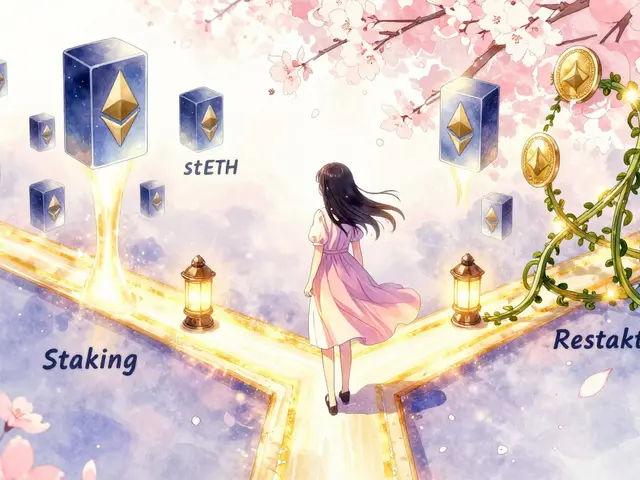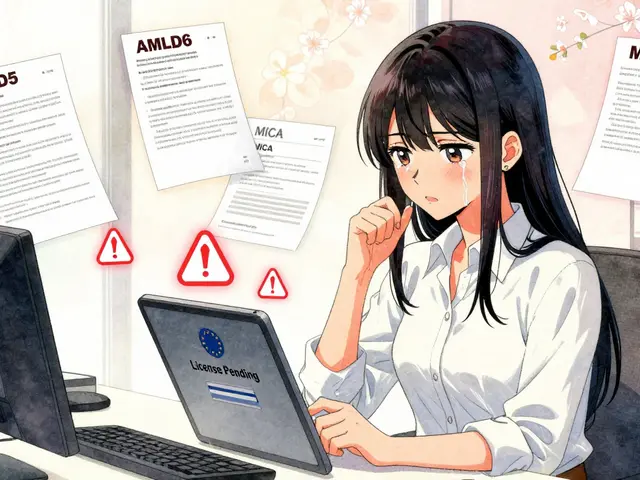Learn what Layer 2 solutions are, the main types (rollups, state channels, sidechains), top projects, performance metrics, and how to start using them.
Blockchain Scaling: Techniques, Challenges, and Real‑World Examples
When working with blockchain scaling, the effort to boost transaction capacity while keeping fees low and security high. Also known as scalability, it matters to anyone building dApps, running validators, or just trading tokens. blockchain scaling isn’t a single tool; it’s a collection of strategies that address network bottlenecks from different angles. One of the most common approaches is layer 2 solutions, off‑chain frameworks that settle many transactions outside the main chain before anchoring a summary. Layer 2 cuts fees dramatically and speeds up confirmations, making micro‑payments and high‑frequency trading feasible. Another pillar is sharding, splitting a blockchain’s state into multiple parallel shards that process transactions simultaneously. Sharding spreads load across validators, so the whole network can handle more users without a single point of congestion. Finally, rollups, systems that bundle dozens or hundreds of transactions into a single proof submitted to the base layer, combine the security of the main chain with the efficiency of batch processing. Together, these three pillars form a roadmap for developers and investors looking to future‑proof their projects.
How These Approaches Interact and When to Use Them
Understanding the relationship between layer 2, sharding, and rollups helps you pick the right mix for your use case. Layer 2 often relies on rollup technology; for example, Optimistic and ZK rollups are both layer‑2 protocols that inherit the base chain’s security while delivering high throughput. Meanwhile, sharding can be seen as a base‑layer upgrade that makes the underlying network itself more parallel, paving the way for more efficient layer‑2 deployments later on. In practice, a DeFi platform might start with a rollup to handle spikes in trade volume, then move to a sharded mainnet once the ecosystem matures and the protocol needs native scalability. Conversely, a gaming dApp that needs sub‑second latency may go straight to a dedicated layer‑2 sidechain, bypassing rollups to keep the user experience snappy. Each approach brings trade‑offs: rollups add proof‑generation overhead, sharding requires complex validator coordination, and sidechains may sacrifice some security guarantees. By weighing these factors, you can design a scaling stack that balances speed, cost, and trust.
The articles below dive deeper into each method, compare real‑world projects, and share practical tips on implementation. Whether you’re a developer eyeing a new launch, an investor assessing a protocol’s growth potential, or just curious about why transaction fees sometimes skyrocket, you’ll find concrete examples and step‑by‑step guidance. Browse the collection to see how Bitcoin miners adapt after halvings, how exchanges adjust fees in high‑traffic periods, and what jurisdictions are doing to support scalable blockchain businesses. This curated set gives you a clear picture of the current scaling landscape and the tools you can leverage today.





